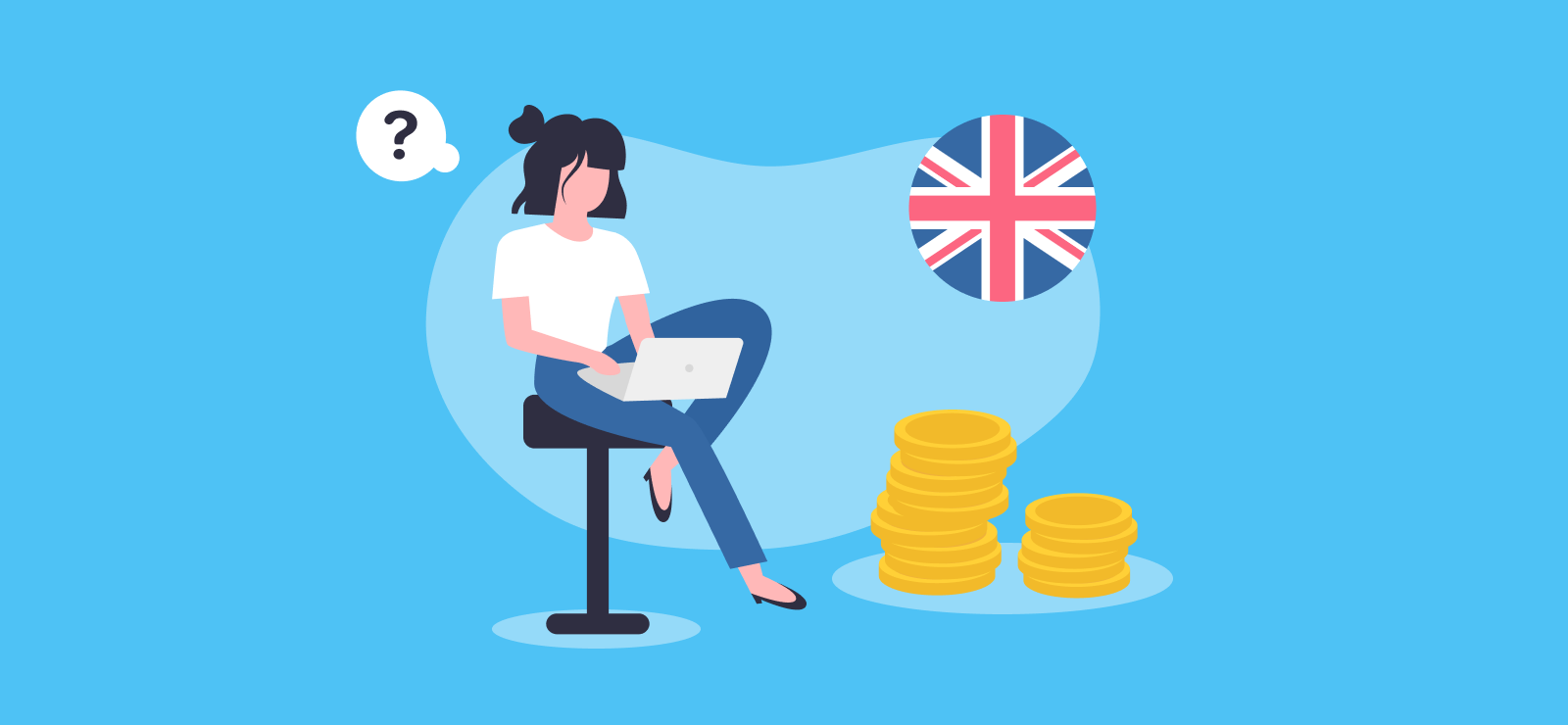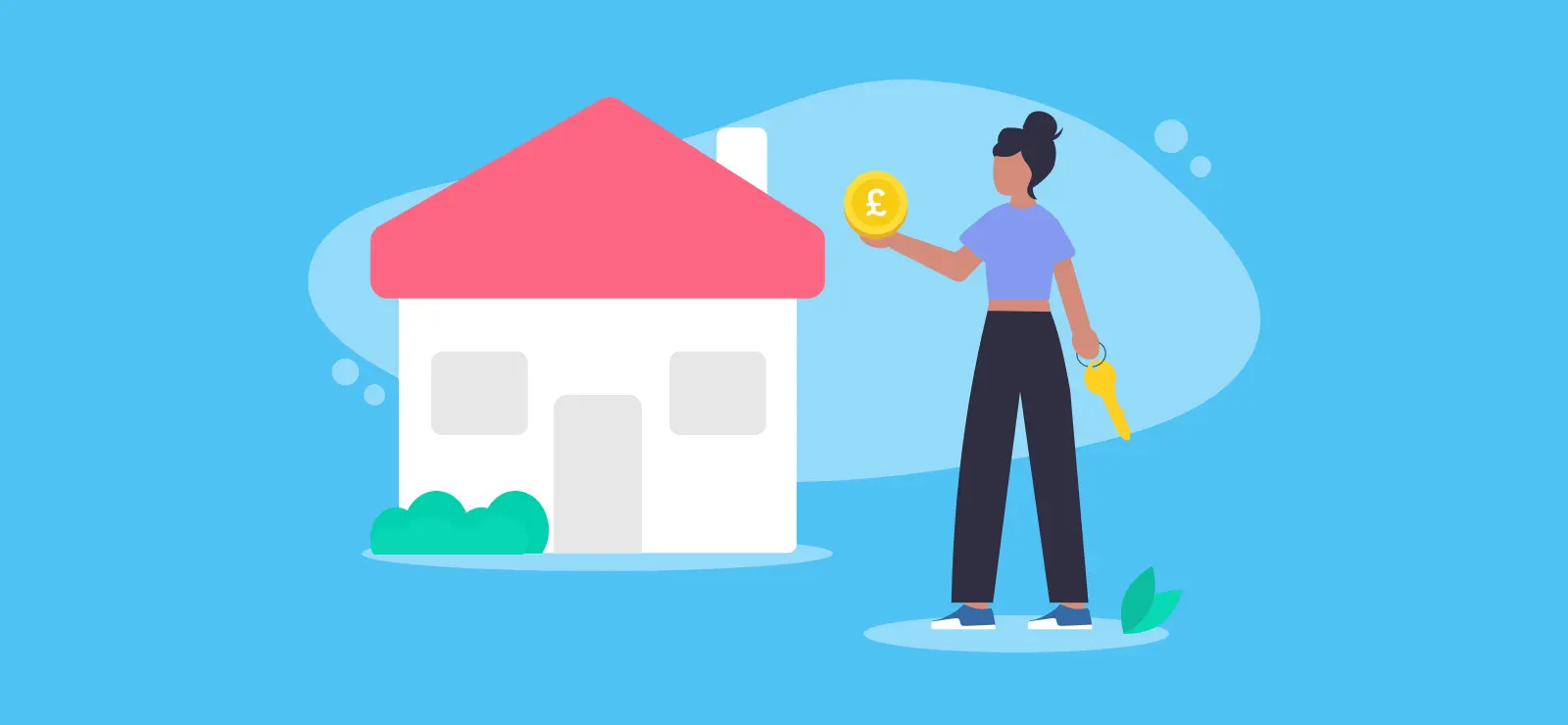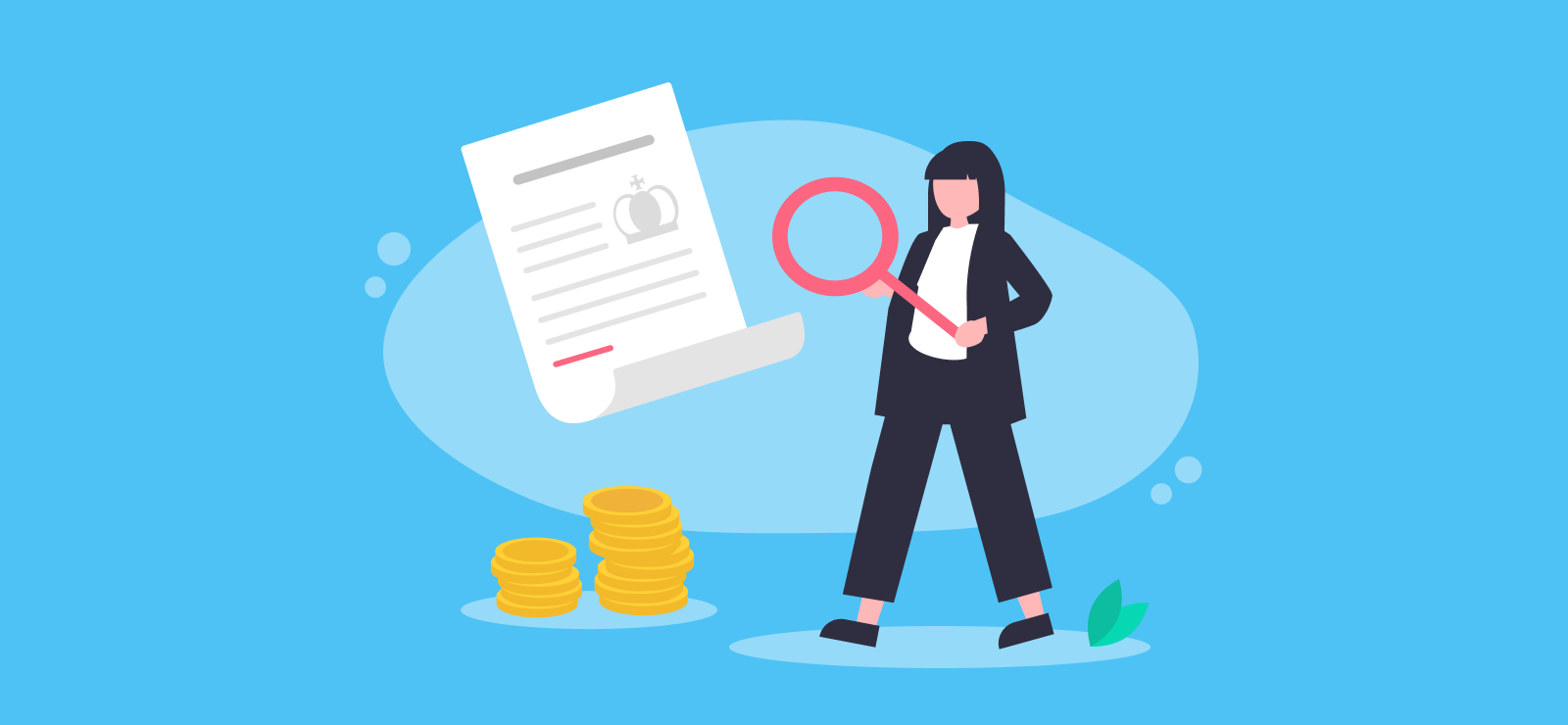

How Much is the UK VAT Rate?
We’ve all paid VAT before on a product or service – it’s everywhere. But when it’s time to register your own business for VAT, you’re probably wondering how much you actually need to charge. The short answer is it depends.
There are different VAT rates depending on what exactly it is you are selling, and it’s up to you to ensure you get this right. But don’t worry, we’re here to help!
What is VAT?
VAT (short for Value Added Tax) is a consumption tax added to the price of most goods and services, and other taxable supplies. It’s charged as a percentage of the original price and added to the sale.
There are different VAT rules depending on your business model. For example, if you run a charity, you’ll have different rules to a for-profit company. In most cases, businesses with a taxable turnover of £90,000 or more will need to register for VAT, and then charge it on the taxable sales they make.
Businesses can also choose to register for VAT voluntarily, which can sometimes be a tax-efficient way to claim back VAT on any goods or services provided by other VAT-registered businesses.
How much is VAT?
There are three main rates that VAT registered businesses should charge on taxable sales.
UK VAT rates for 2024/25
| Rate | Percentage | Applies to |
| Standard | 20% | This is the standard rate that applies to most goods and services. |
| Reduced | 5% | Goods such as children’s car seats, energy for domestic use, and other energy-saving materials fall into this category. |
| Zero | 0% | This includes things like shoes for children, books, clothing, and most foods. |
It’s worth noting anything zero rated will still need to be recorded in your VAT return, even though your customers technically won’t pay any VAT.
How do I register for VAT?
Registering for VAT is simple, and most businesses can register online. You’ll need your Government Gateway user ID and password to log in to your account, and then other bits of information relating to your business structure. For example, if you run a limited company, you’ll need to fill in your company name, bank account details, the nature of your business, and turnover.
How do I add VAT to my prices?
If you don’t have bookkeeping or invoicing software to do it for you, you can use a simple formula to calculate the amount of VAT you need to charge:
| VAT rate | How to work out your new price |
| 0% | Because this is at 0% you can leave the price as it is! |
| 5% | Multiply your price by 1.05 to get the 5% rate. |
| 20% | Multiply your price by 1.20 for the 20% rate. |
It’s useful to think about what registering for VAT means for your pricing. Adding VAT to your sales can mean that your customers are put off by having to pay more. Another option is to absorb the extra amount yourself, but this can affect the amount of profit you make.
What is a VAT return?
A VAT return is the form you complete to let HMRC know the amount of VAT you have charged on sales, and paid to other businesses.
You’ll normally make a digital submission through MTD software every three months to report what happened in the previous ‘accounting period’ (the time period covered by the return). Some VAT schemes, such as the VAT Annual Accounting Scheme have different reporting requirements.
You’ll also need to pay the VAT you owe as per the deadline on your VAT return, and you can do this online.
How can I claim VAT back?
If you run a VAT registered business, it’s important to charge the correct VAT rate on all the goods and services you sell, excluding anything that may be exempt. If you buy from another VAT registered business, they’ll charge your business VAT on any taxable items or services.
- Output VAT is the VAT calculated and charged on your business’s goods or services. Any business that’s also VAT-registered will be able to claim this amount back.
- Input VAT is the VAT your business pays on purchases. If you’re VAT registered, you can claim this amount back.
When you submit your VAT return, you’ll either pay HMRC the difference between the two, or claim it back – depending on which one is higher.
| Output VAT | Input VAT |
| The VAT you charge to customers on sales | The VAT you pay to suppliers on purchases |
| The total amount of VAT you collect on sales (output VAT) in a reporting period is higher than the total amount of VAT you pay to suppliers (input VAT) | The total amount of VAT you pay to suppliers (input VAT) is higher than the total amount of VAT you collect on sales (output VAT) in a reporting period |
| Pay the difference between the two totals to HMRC | Reclaim the difference between the two totals from HMRC |
For example
In a three-month period (a VAT quarter) a VAT registered business charges £3,000 worth of VAT to customers, and pays £2,000 in VAT to its suppliers. The business’s VAT bill payable to HMRC for that period is £1,000.
A different business charges £5,000 of VAT on sales to customers in a VAT period. During the same period, it pays £7,000 of VAT on purchases from suppliers. The business can reclaim £2,000.
It’s another one of the reasons why good bookkeeping is so essential for every business! Keep meticulous records to ensure you can reclaim everything you’re entitled to.
What needs to go in a VAT invoice?
VAT invoices are different to the regular invoices you sent to clients before registering and need to include:
- The time of supply
- The date of issue of the document
- The total VAT chargeable, expressed in sterling
- A description to clearly identify the goods or services supplied
- If your products or services are exempt or zero rated and the reason for this
- The gross total amount payable excluding VAT
Check out the GOV website for a full list of things to include in your VAT invoice.
Are any businesses exempt from VAT?
The short answer is yes. For example, if your business only sells goods or services exempt from paying VAT, such as education and training or insurance, finance, and credit, you cannot register for VAT, or claim any back.
You can apply for an exemption if you mainly sell zero-rated goods, but this means you cannot claim any VAT back from your business expenses. Some businesses can also be partly exempt. You can check out the gov website for more information.
We know VAT can be tricky to understand. If you need any help, call our team on 020 3355 4047. If you’re looking for an accountant, get an instant quote online today.
Want to learn more?
Subscribe to our newsletter to get accounting tips like this right to your inbox

Read more posts...

Is There a Tax Allowance for Property Income?
4th February 2025If you earn income from a property you own, you may need to register with HMRC and pay tax on your earnings….
Read More
What is a Tax Identification Number (TIN)?
29th January 2025There are a lot of individuals and businesses paying tax in the UK. A Tax Identification Number (also known as TIN, or…
Read More
January 2025 Client of the Month: Brendan Hope CV Writing
28th January 2025This month we spoke to Brendan, Director of Brendan Hope CV Writing! Brendan Hope CV Writing | LinkedIn Hey Brendan! Tell us about…
Read MoreConfirm Transactions
The number of monthly transactions you have entered based on your turnover seem high. A transaction is one bookkeeping entry such as a sale, purchase, payment or receipt. Are you sure this is correct?
Please contact our sales team if you’re unsure
VAT Returns
It is unlikely you will need this service, unless you are voluntarily registered for VAT.
Are you sure this is correct?
Call us on 020 3355 4047 if you’re not sure.
Bookkeeping
You will receive our bookkeeping software Pandle for free, as part of your package.
You can use this to complete your own bookkeeping, or we can provide a quote to complete your bookkeeping for you.
Please select and option below:
Call us on 020 3355 4047 if you’re not sure.

